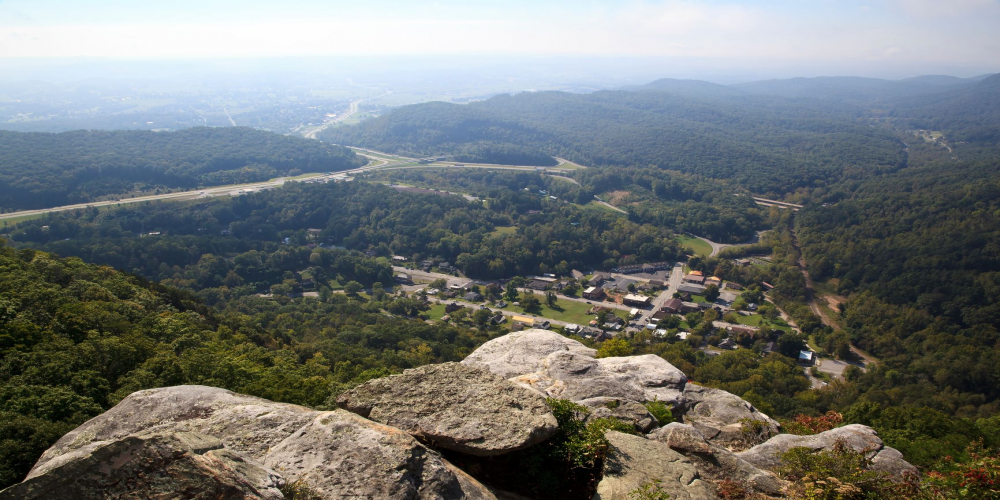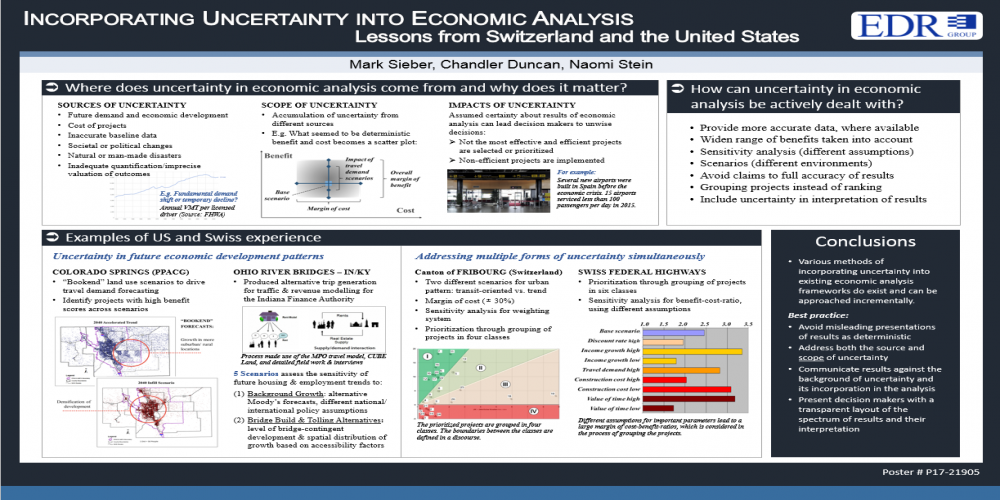Blog
Growing up in the Swiss Alps, the natural hazard I was most aware of as a child was avalanches. My village was especially exposed to this risk. When the road to access the villages in the valley was improved by partly covering it with avalanche sheds, this was regarded as a huge step towards reducing the number of days in winter during which the villages were cut off from the outside world. However, something in the planning process must have gone wrong: The avalanches still tended to bury the road with snow where it had not been protected by sheds. Obviously, while some segments of the road had been made resilient, the road as a whole, with its unprotected segments, was still vulnerable.
Tags:
#Resilience
Blockchain is a new and potentially transformational technology for tracking of transactions between parties in a verifiable and permanent way that also makes tampering virtually impossible. It is already being tested in use for supply chain management by shipping and trucking companies, and freight railroads are also joining in. On the horizon is the potential for blockchain technology for public transportation, especially insofar as it facilitates more integrated transportation services offered by partner organizations.
There are more remote regions in the country, but the Appalachian Region with its population of 25 million is unique in the way that it is comparatively populous, within reach of large metropolitan areas of the East and yet is still isolated in many parts. Poverty in Appalachia was ubiquitous when President Johnson signed legislation to make federal funds available to develop the Appalachian Region. The construction of the Appalachian Development Highway System (ADHS) has since been one of the major efforts to overcome economic distress in the region. The relationship between poor access to markets and the lack of economic opportuni-ties has been well known for a long time.
Tags:
#appalachia
#accessibility
It is the often untold story of project evaluations: We can never be fully certain about the results. Whether it is about the selection of the best alternative for a project or about setting priorities among different projects, the results depend to a considerable extent on assumptions we make. Assumptions are embedded in our analytical choices and results: what are the appropriate weights for each factor in a multicriteria analysis? How about the discount rate in a BCA? How accurate are the data sources we rely on? Do we truly know how much a project will cost or the level of future demand?
Tags:
#TRBAM
The Swiss Federal Offices for Spatial Development, Roads, Transportation, the Environment and Energy jointly released the new Transport Outlook 2040. Ernst Basler + Partner (www.ebp.ch), based in Zurich and an affiliate of EDR Group, worked on this project in collaboration with two other companies. The firm performed the passenger transportation forecast and for the modelling of impacts. The report offers intriguing findings that may be of interest for transportation and land use planners in the US and worldwide.
Tags:
#TRBAM





